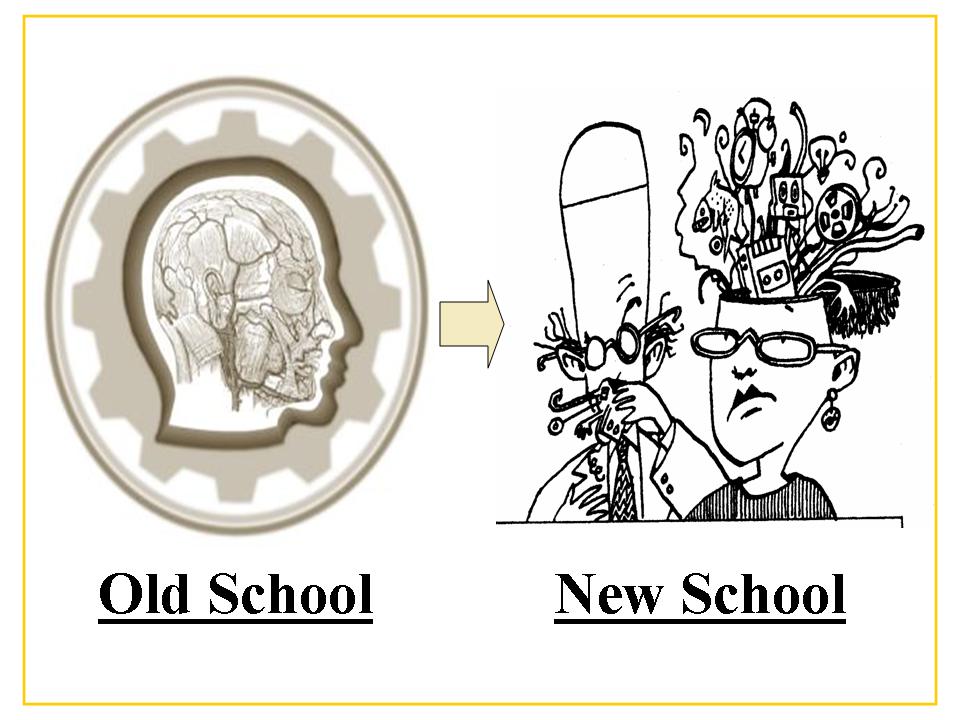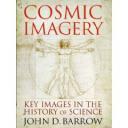Design for Learnability – Please!
Thursday, January 22nd, 2009 One goal of cognitive design is to create artifacts (products, services, workflows, programs, events, etc.) that enhance mental processes such as perception, recall, learning, decision-making and even creativity. The idea is to craft the features and functions of the artifact based on the latest cognitive science and best evidence from practice to measurably improve the mental process of interest. Important stuff in a complex, knowledge-intensive minutes matter kind of world.
One goal of cognitive design is to create artifacts (products, services, workflows, programs, events, etc.) that enhance mental processes such as perception, recall, learning, decision-making and even creativity. The idea is to craft the features and functions of the artifact based on the latest cognitive science and best evidence from practice to measurably improve the mental process of interest. Important stuff in a complex, knowledge-intensive minutes matter kind of world.
So cognitive designers are always on the lookout for resources that describe the nature of cognition (how we think and feel) with authority and in enough detail to inform the selection of specific features and functions.
 For example, there is an urgent need to improve our designs to make them more learnable. This includes not only artifacts designed to teach (e.g. courses) but every artifact that requires some learning for use. Who wants to waste precious mental energy learning how to use something or sitting in a lecture hall when they are not designed for how we learn, think and feel?
For example, there is an urgent need to improve our designs to make them more learnable. This includes not only artifacts designed to teach (e.g. courses) but every artifact that requires some learning for use. Who wants to waste precious mental energy learning how to use something or sitting in a lecture hall when they are not designed for how we learn, think and feel?
Recently, I found a blog by Bill Brantley, Designing Knowledge, that appears to be a good source of sources on designing for learnability – or understanding cognition so that we can design more effective training and teaching materials.











